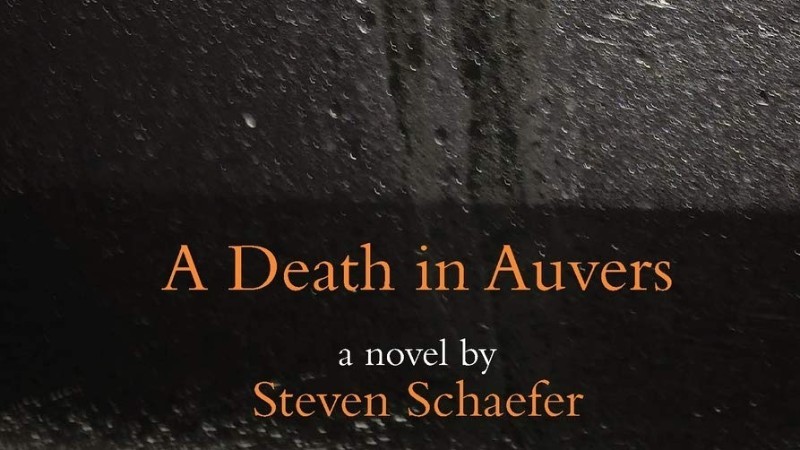GAMBIER – “A Death in Auvers” promises to take readers on a little-explored historical journey into the life and death of famed artist Vincent Van Gogh— a death that may not have happened the way most people believe.
The plot of the novel from local first-time author Steven Schaefer involves a modern-day American couple renovating a home in Paris and happening upon evidence of political intrigue in the 1880s, the decade preceding Van Gogh’s death. But the novel begins with an examination of the troubled life of the artist, from his arrival in Paris in 1886 to his death in Auvers four years later.
Schaefer, who has a home in Gambier, said that the inspiration for the novel began with his own visit to Amsterdam and the amazement he took from learning about Van Gogh’s art. Yet the story of the details of the artist’s death aroused Schaefer’s suspicions and set him on a research path that led him to write his own fictionalized account of what may have happened to Van Gogh.
An aerospace engineer by profession, Schaefer noted that “A Death in Auvers” is his first effort at writing a novel.
“There’s no way that anybody shoots themselves at an angle like that to commit suicide— I just can’t believe it,” he told the Mount Vernon News.
As he began to read up on the life and death of Van Gogh, Schaefer discovered that he was not the first to suspect the artist did not kill himself.
“As I read more and more, I realized that he was actually at a pretty good place at that point,” Schaefer said. “He was out painting that day, came back, had lunch, went back to paint.” Yet, after he was shot, his easel, paints and even the gun he was shot with were never found.
But Schaefer said that the point of the novel isn’t just to explore theories about Van Gogh’s death— which include a tie-in to a fictional modern European family that is aware of, and covering up, the conspiracy. The author also wanted to explore the difficult life the artist led and the challenges he faced.
“What I tried to do was evoke a sense of compassion for this guy,” Schaefer told the News. “He had, clearly, an illness that people didn’t recognize back then.”
“The part of the book about his painting, and how he was rejected— all of that is very accurate,” he said. “All of the places, all of his paintings, his methodology, everything— that’s all fact.”




.webp)
.webp)
